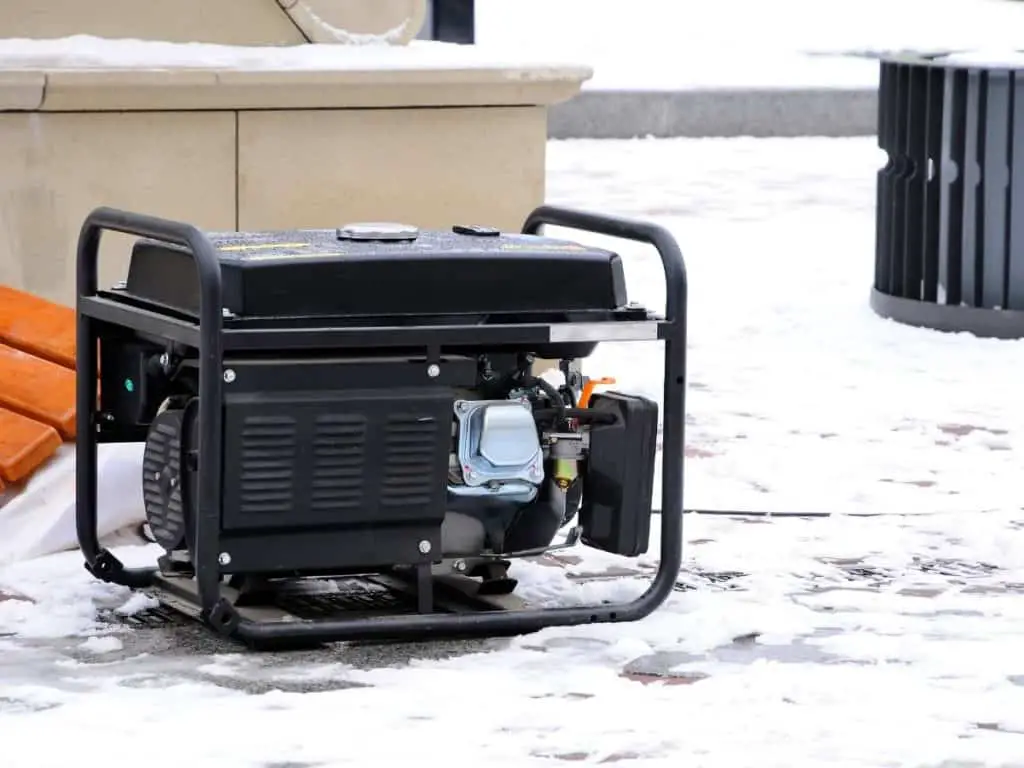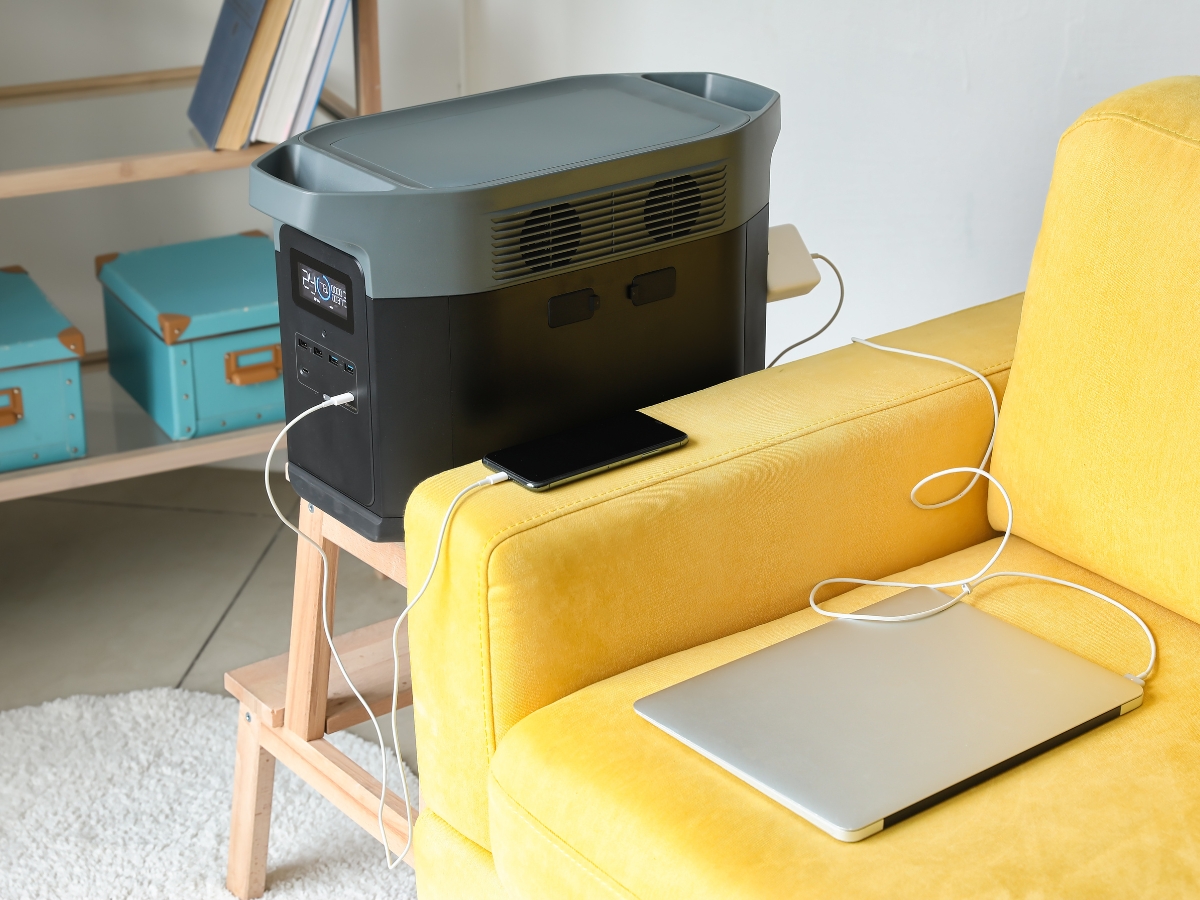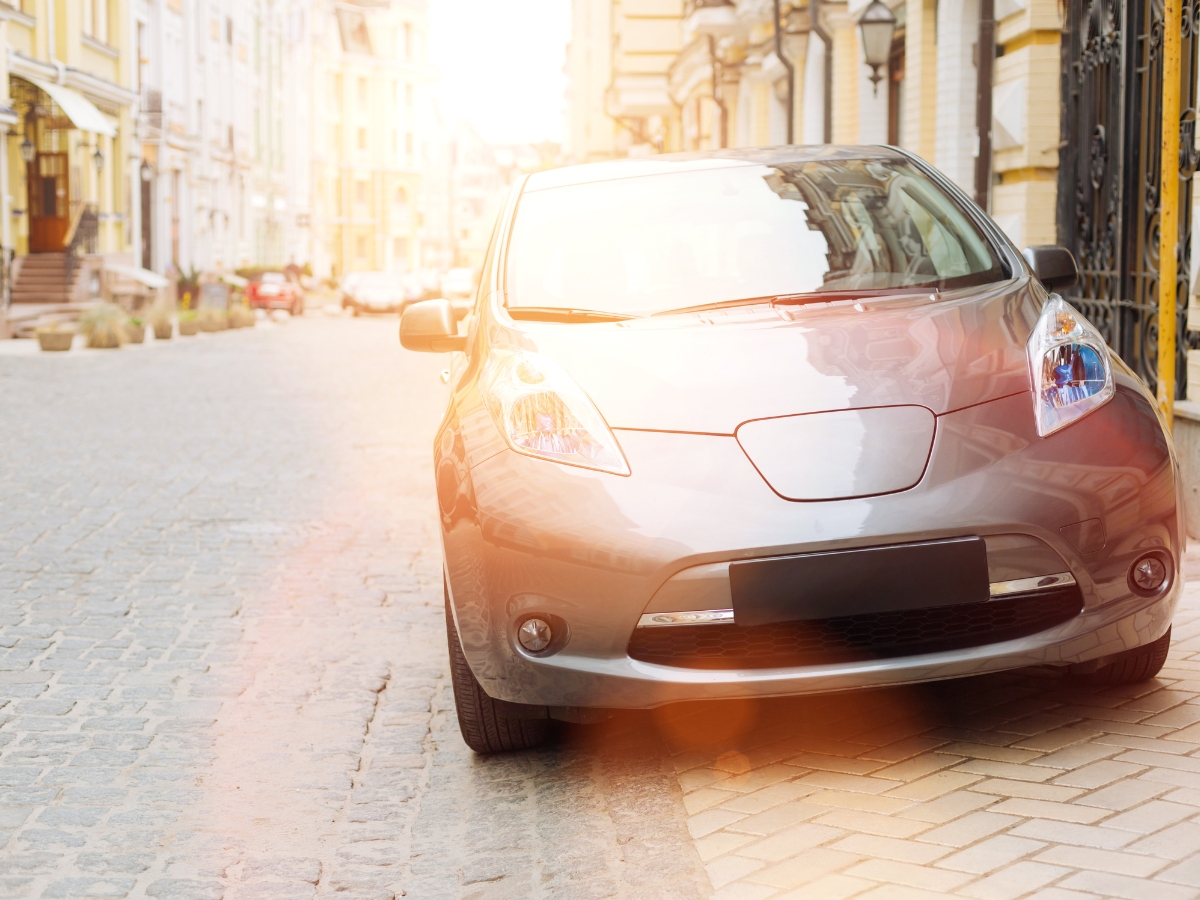For the optimal performance and lifespan out of your generator, it is essential to operate and maintain it in accordance with the manufacturer’s instructions.
Reading the Owner’s Manual is imperative to optimally run your generator to ensure that it performs as intended every time you start it up.
- Running a generator without load to warm up but not longer than fifteen minutes.
- Generators are designed to run at a minimum load of thirty percent of maximum capacity.
- The ideal is to run the generator at between sixty and seventy-five percent of maximum capacity.
The consequences of running the generator for extended periods under no load can be harmful to the engine and should be avoided at all costs. Let’s look at what could happen if a generator is run under no load for an extended period.

What Happens When A Generator Runs Without Load?
At a low load, the cylinder pressure is lower than when the engine runs under a load. The low pressure will result in incomplete combustion causing excess soot and unburned fuel in the post-combustion cycle. Soot buildup will cause the piston rings to collapse in time.
Internal combustion engines work by compressing a mixture of air and fuel in the combustion chamber and igniting it due to pressure in the case of diesel engines or by a spark plug in gasoline engines.
- The high pressure in the combustion chamber is integral to the efficiency of the combustion process.
At loads below thirty percent of maximum capacity, the engine will run too cold, further inhibiting the complete combustion. The fuel will not burn completely, and the residual fuel will cause hydrocarbon deposits to build up.
White smoke is a sure sign of unburnt hydrocarbons and that the engine is running below optimal.
Low Pressure
At low pressure, the risk of hot exhaust gasses escaping past the piston rings and resulting in the burning of engine lubrication oil on the cylinder walls.
The carbon deposited in this manner against the cylinder wall will result in enamel-like glazing on the cylinder walls covering up the lubrication ducts. The result is increased wear and tear due to insufficient lubrication.
Low Load
Running the engine under low load conditions will severely affect the oil distribution throughout the engine resulting in the oil not performing the task of cleaning out dirty deposits effectively.
The engine will become increasingly contaminated with unburned fuel mixed with burnt oil deposits resulting in a harmful acid buildup.
The engine will produce more pollution than running under load at optimal combustion conditions. Other adverse conditions will develop during extended periods of running the generator under low or no load that will severely compromise the long-term efficiency of the engine.
The damage described above has a cumulative effect on generators run under low load. The engine will exhibit power losses and intermittent poor performance due to the inefficient combustion and resultant wear and carbon buildup.
Components will start to fail, and once glazing buildup has formed on the cylinder surfaces, an expensive repair will be required.
How To Prevent Low Load Generator Damage?
The no-load operation should never exceed 15 minutes. After running at low load generators should be operated with an increased load for a short period to raise temperature and pressure.
- An annual load test should be run, where the generator is run for several hours to eliminate all deposits.
At some point, generators will undoubtedly need to be run at less-than-optimal load. When it is not a regular and prolonged occurrence, it does not have to cause any damage to your generator.
Properly run and maintained, generators can ensure that you will never be left without power regardless of power availability from the grid.
Combining generators and Uniform Power Supply systems provides uninterrupted power and sensitive equipment protection from power surges and fluctuations.
How To Always Run The Generator Under Optimal Load
Running a generator to provide power to various power draws is not optimal. Suppose you set up your generator to provide power to a constant demand between sixty and seventy-five percent of the maximum power output.
In that case, you will get optimal performance from the generator.
Using the generator to charge your house bank batteries will provide it with a constant power draw to the battery charging system via the Battery Management System (BMS).
The battery bank can supply power to various systems via the inverter system. As the battery bank becomes fully charged, the BMS can trigger the kill switch on the generator.
In this method, the generator is only used and optimally set up to maintain the level of charge in the house battery bank and can thus be sized and set up accordingly.
This method of maintaining the house bank at an optimal charge can be balanced between input from solar chargers or by the generator during low sunshine.
What Are The Signs That A Generator Is Running Under Load?
A generator running under no-load or too low a load will exhibit some telltale signs that it is running sub-optimally. The engine revolutions will surge and vary, and the exhaust gas will be white and smell of gasoline. The engine will splutter and produce excess smoke.
Running the generator with no load for a short period of time to warm up is acceptable but should not exceed fifteen minutes.
After a prolonged period of running without load, the engine will start to incompletely combust the fuel due to a lack of running hot enough and burning off the unburnt hydrocarbons.
To correct this situation, the generator should be run at nearly full load to warm up and burn off all the built-up soot buildup and unburnt fuel.
Running the generator at a high load for several hours will ensure that the combustion process in the engine is optimal and will extend the durability of the engine.
References:
- https://www.criticalpowersupplies.co.uk/blog/Dangers-of-low-or-no-load-on-Generators
- https://www.cat.com/en_ZA/by-industry/electric-power/Articles/White-papers/the-impact-of-generator-set-underloading.html
- https://portablepowerguides.com/is-it-ok-to-run-a-generator-without-a-load/
- https://www.familyhandyman.com/article/10-tips-for-using-a-generator/
- https://youtu.be/uOQr4quGjXw – Husky Generator Surging with No Load – Drilling Pilot Jet



